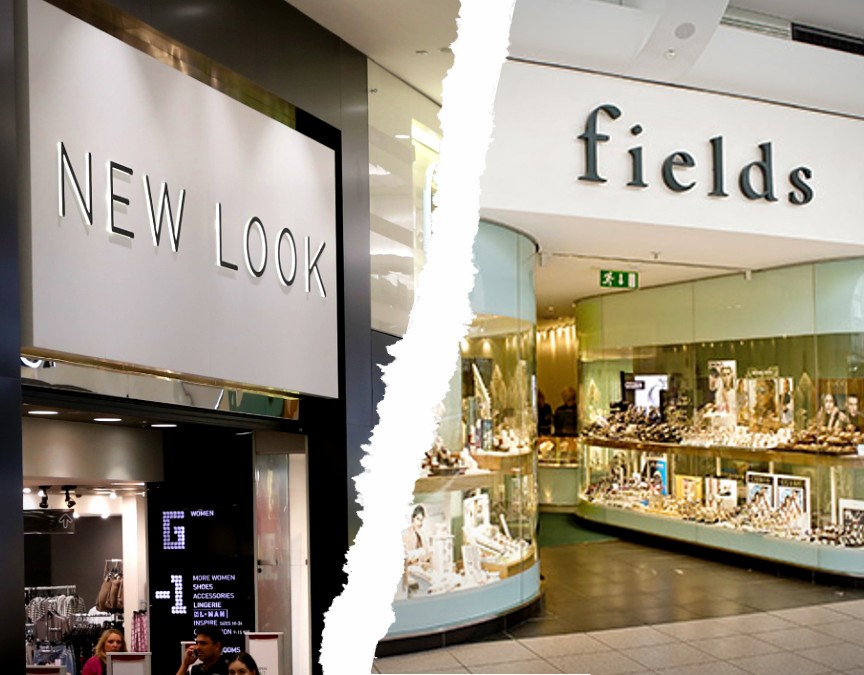In the coming days, retailers will pull up their shutters and fully reopen for business. But just what sort of environment can they expect? Will consumers embrace the in-store shopping experience, or will they continue to purchase online? The pandemic has left few sectors unscathed, but few have been hit as hard as retail. It is not just the fact that the shops have been largely closed for more than a year, something that has decimated revenues and led to the growing tide of rental disputes between retailers and landlords. It is a much greater fear that Covid has accelerated…
Cancel at any time. Are you already a member? Log in here.
Want to read the full story?
Unlock this article – and everything else on The Currency – with an annual membership and receive a free Samsonite Upscape suitcase, retailing at €235, delivered to your door.

